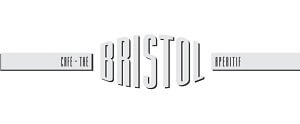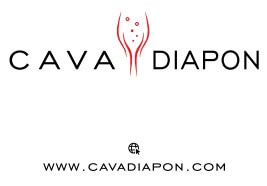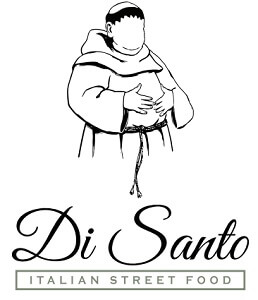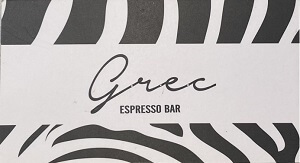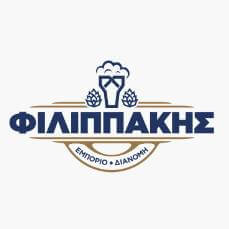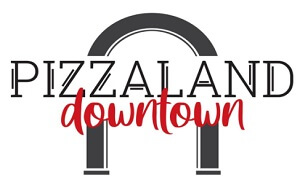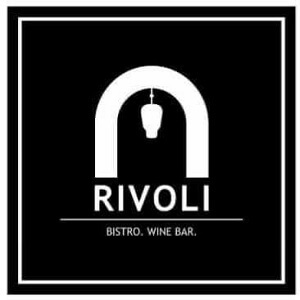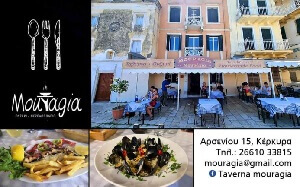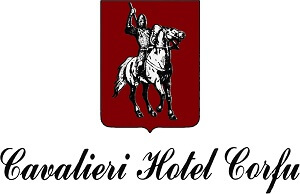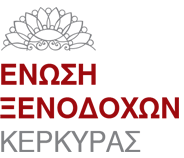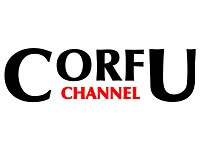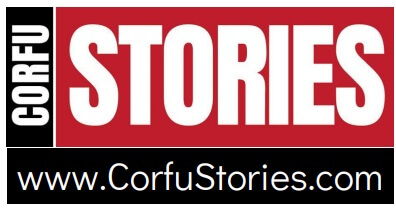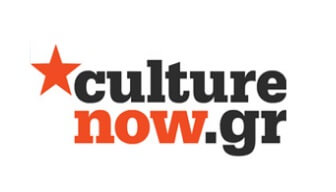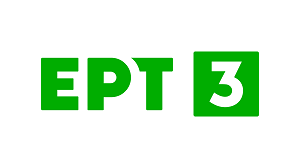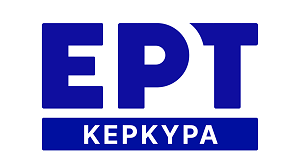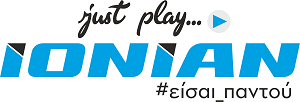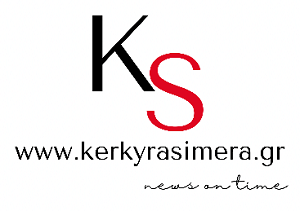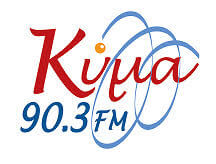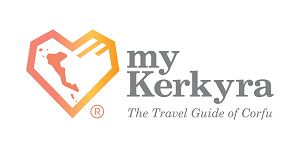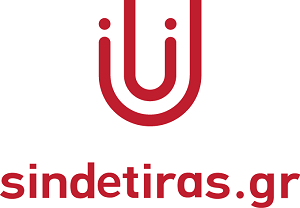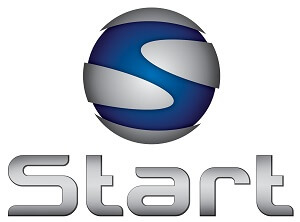Summary
Ultrastructural spectra defines a territory in which the artist and the scientist create comparative images of complex micro-organisms. Their results converge and diverge as defined by audience, and their individual cultural and personal aesthetic. This practitioner presentation draws upon two recent projects in which I have worked closely with scientists at the Max Planck Institute for Plant Breeding Research in Köln, (MPIPZ) and with Oxford Instruments Nanoanalysis, a leading manufacturer of scientific technology.
Objective
Working with Ulla Neumann at the Max Planck the objective was to jointly develop a body of work suitable for presentation in the form of lecture, exhibition, publication, and activities for a public event marking the anniversary of the founder of the Institute. Recognising the potential for artistic intervention to create alternative ways of understanding scientific practice a range of imaging processes, (microscopic and graphic) of plant material were produced by both the artist and the scientist in their microscopy unit.
With Louise Hughes at Oxford Instruments the objective shifted to a closer investigation into how data produced from a single image could generate extensive versions and colour expressions. As digital microscopy has become such a sophisticated tool for imaging the living world, so too do the technologies increasingly offer the user greater freedom of expression and creative sophistication for the user. These of course are limited by the orthodoxies of scientific publication and the creative skills of the user, and it is for this reason that opportunities for comparative approaches between scientific and artistic interpretation can contribute to the advancement of understanding this emerging visual territory.
Methods
Various methods were used in developing the visual material. In Köln, Transmission Electron Microscopy (TEM) were used in conjunction with the creation of cyanotype prints of the fresh barley. Cyanotypes are one of the earliest photographic processes characterised by their deep blue silhouettes resulting from exposing a solution of ferric ammonium citrate with ammonium cyanide to sunlight. Neumann’s research into barley involved staining micro samples of barley pollen with the histological stain Toluide Blue O, prior to examination to reveal structural characteristics. The resulting images were combined and overlayed to create a collection of prints in which contrasting orders of magnification created complex abstractions unified with chromatic synergy. At high magnification microscopic images tend to abstraction and so through comparative juxtaposition with the work of artists as diverse as Van Gogh and Jackson Pollock the nature of scientific imagery could be contemplated within a wider horizon.
Working with Oxford Instruments, Energy Dispersive X-ray Spectrometry (EDS) was used in combination with SEM to identify airborne pollutants on leaf samples collected from sites across Europe. Using EDS it is possible to develop a range of results that identify individual and combinations of elements, ascribing specific colours to each element. Colour palettes can be changed in order to reveal or clarify information within the data. Additionally varying scan speeds impacted on levels of resolution creating painterly pixelations akin to Pointillism within post-impressionist painting. Exploring the extensive parameters offered by the technology the scientist and the artist were able to create contrasting results informed by their respective cultures and personal aesthetic choices.
Conclusion
The advances in microscope technology have presented the scientist with the tools to create highly sophisticated images. Tools which it must be said are difficult for the artist to access. The increasing number of competitions: Nikon Small World, Olympus Image of the Year Award, suggest an increasing appetite but unclear aesthetic, perhaps the reason why their appearance in the context of art is limited. Opportunities for cross collaboration and exchange of knowledge may enable a better understanding of the nature of images within this hybrid territory and encourage the development of a more informed critique.
Back
SPONSORS
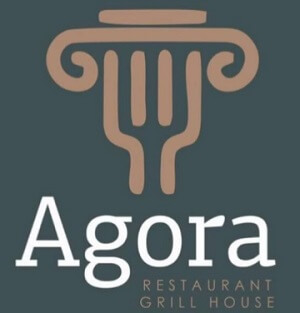 Agora Restaurant Grill House
Agora Restaurant Grill House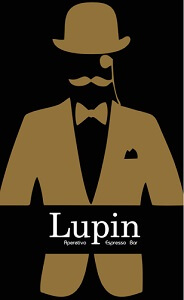 Lupin Aperitivo Espresso Bar
Lupin Aperitivo Espresso Bar

